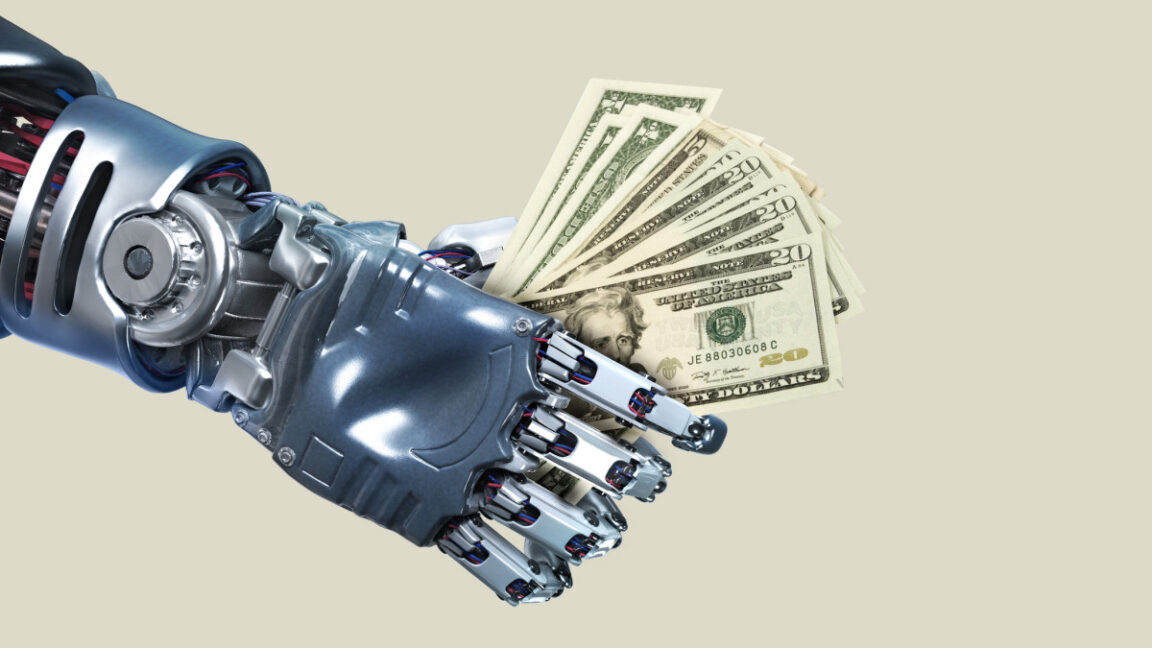AI Adoption Among Americans: Navigating the Digital Evolution

A recent poll unveils intriguing insights about the adoption of artificial intelligence (AI) in America, revealing that although 60% of U.S. adults use AI for information searches, only 37% engage it for work-related tasks. Notably, younger Americans seem to embrace AI tools across various categories like brainstorming, work applications, and even companionship.
The poll highlights that AI companionship is one of the least popular applications, adopted by merely 16% of adults, with a slight uptick to 25% among the under-30 demographic. Despite its growing appeal among younger users, AI companionship might pose challenges, including a tendency towards excessive agreeability and potential negative impacts on mental health.
The survey, involving 1,437 adults, underscores generational differences in AI usage. About 74% of individuals under 30 use AI for searching information, whereas overall, 60% of adults are engaged in such activities. For brainstorming needs, 62% of the younger group turn to AI, compared to just 20% among those aged 60 and above.
Despite continuous promotion of AI as a productivity booster by the tech industry, its impact on most Americans' professional activities appears minimal. Around one-third use AI for tasks like writing emails, editing images, or entertainment, while only 26% utilize it for shopping.
Information search remains the most prevalent AI application. However, actual usage numbers could be underestimated, given Google's automated AI responses often appear in search results unnoticed by users.
Interestingly, American attitudes towards AI are marked by cautious curiosity. Some people, like Courtney Thayer, an audiologist from Des Moines, use ChatGPT for meal planning with politeness, reflecting a lingering influence of speculative concerns about the future interactions with AI.
The poll also sheds light on users like Sanaa Wilson, a data scientist relying on AI for coding tasks, who has mixed feelings due to energy consumption concerns and the potential for diminishing personal skills. Moreover, social isolation during the COVID-19 pandemic might have nudged some younger users toward AI companionship, although not all express interest in it.
In conclusion, while AI is undeniably weaving itself into everyday activities for many, its full potential in reshaping professional landscapes is yet to be realized.



